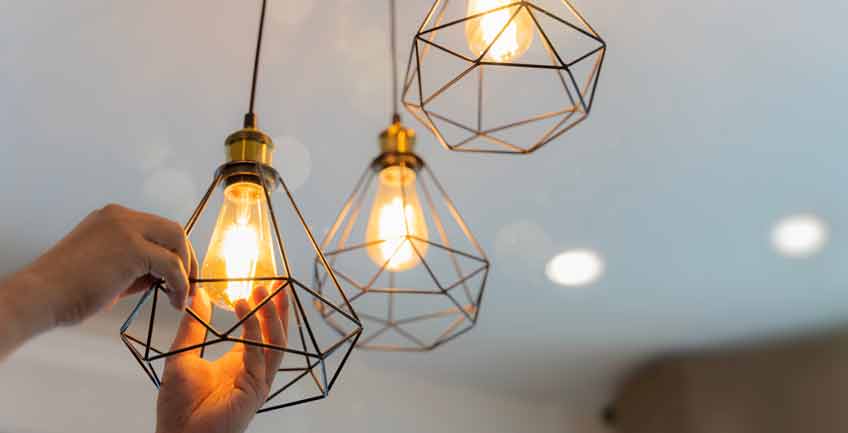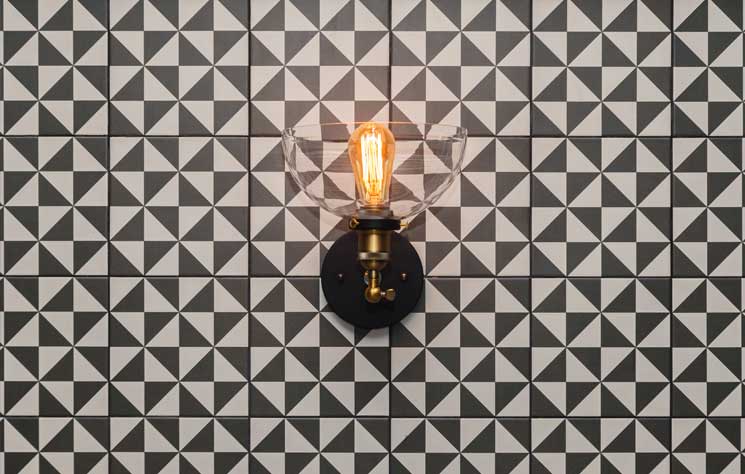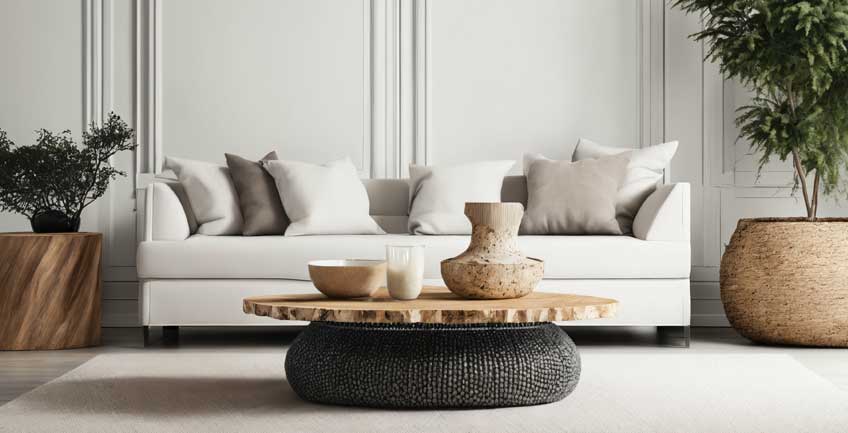
If it's Broken Don't Install it
The Importance of Inspecting Plumbing and Lighting Fixtures
Reflecting the ongoing shifts in interior design, the successful execution of a project relies heavily on the seamless integration of various elements, including plumbing and lighting fixtures. Despite designers emphasizing the importance of inspecting these fixtures, clients often overlook or underestimate this crucial step, leading to complications, delays, and, ultimately, unhappy clients. In this article, we will explore clients’ expectations regarding plumbing and lighting fixtures, the common pitfalls in the inspection process, and why it’s essential for both designers and contractors to address these issues proactively.
Plumbing and lighting fixtures are not merely aesthetic components but integral elements that contribute to the functionality and ambiance of a space. As a designer, I cannot stress enough the significance of inspecting these fixtures within 24 hours of their arrival. However, it’s disheartening to witness how frequently clients neglect this vital step, assuming that everything is in order without a thorough examination.

One primary reason for this negligence is the misconception that fixtures are immune to defects or damage during transit. The reality is that even the highest quality products can experience mishandling or manufacturing issues, making it imperative to inspect them promptly. Secondly, clients often assume they are returnable, regardless of how much time has passed.
The Role of Designers:
Designers must take a proactive approach to ensure the quality and condition of plumbing and lighting fixtures. Instead of relying solely on the client’s assurances, it is advisable to visit the client’s home personally and inspect the fixtures firsthand. This direct involvement not only demonstrates the designer’s commitment to the project but also helps identify any potential issues before installation. However, one of the industry’s best-kept secrets is the resistance clients demonstrate when it comes to compensating designers for their time spent inspecting these items.
Inspecting fixtures involves more than just a cursory glance; it requires a designer’s keen eye for detail, knowledge of product specifications, and the ability to identify potential issues that may impact the project’s timeline and budget. Despite these efforts, clients commonly assume that inspection is part of the overall design service, neglecting the fact that it involves a dedicated and valuable chunk of a designer’s time.
Designers should take a firm stance on the compensation issue and explicitly communicate their expectations to clients. It’s time to put this often-overlooked aspect of the design process in writing, detailing the importance of fixture inspection and the associated time and effort. This step not only educates clients about the unseen efforts behind the scenes but also establishes a transparent and fair framework for compensation. If a client is still unwilling, ensure that your proposal clearly states an inspection within 24 hours of arrival and a return window with original packaging.

The Pitfall of Disposed Boxes:
Another common challenge faced by designers is the client’s tendency to dispose of the boxes that house plumbing and lighting fixtures. It’s crucial for clients to understand that these boxes serve as more than just packaging; they are essential for warranty purposes and can be the key to returning or exchanging defective items.
Designers should stress the importance of retaining these boxes until the fixtures are installed and confirmed to be in working order. Contractors, in particular, need to be mindful not to discard these packing materials, even if space constraints are an issue. Finding a suitable storage solution for the boxes is a small inconvenience compared to the potential ramifications of unhappy clients. Additionally, contractors should refrain from discarding packing materials until the fixtures have been inspected and approved by both the designer and the client.
Hold on to those boxes until both lighting and plumbing are meticulously inspected; better safe than sorry. And, if anything is broken, it’s wiser not to install it at all.
Contractor Responsibility:
In the collaborative effort of bringing an interior design vision to life, electricians also play a pivotal role, especially when it comes to lighting fixtures. A piece of advice to electricians is straightforward: if a lighting fixture is broken, refrain from installing it. Once the wires are cut, it can no longer be returned for any reason. This simple yet crucial step can save both the electrician and the builder considerable headaches down the road. Installing damaged fixtures not only compromises the aesthetic integrity of the design but also poses potential safety hazards. Electricians should prioritize communication with designers, ensuring that if a fixture arrives damaged or defective, it remains in its original packaging. In cases where the concern is about meeting deadlines for a certificate of occupancy, temporary fixtures can be installed to maintain the project’s progress, while the defective item is returned and replaced. This proactive approach not only streamlines the installation process but also contributes to the overall success and safety of the project.
Designers must no longer leave the responsibility of inspection to chance, especially when it comes to clients’ reluctance to compensate for this valuable time. By putting the importance of inspection in writing and taking an active role in the process, designers can pave the way for a more transparent, fair, and ultimately successful collaboration with clients. After all, the meticulous efforts invested in inspecting these fixtures deserve both recognition and compensation. By addressing these issues head-on, designers and contractors can contribute to the overall success of a project and, most importantly, ensure the satisfaction of their clients.
XOXO,


 The White Paint Dilemma
The White Paint Dilemma